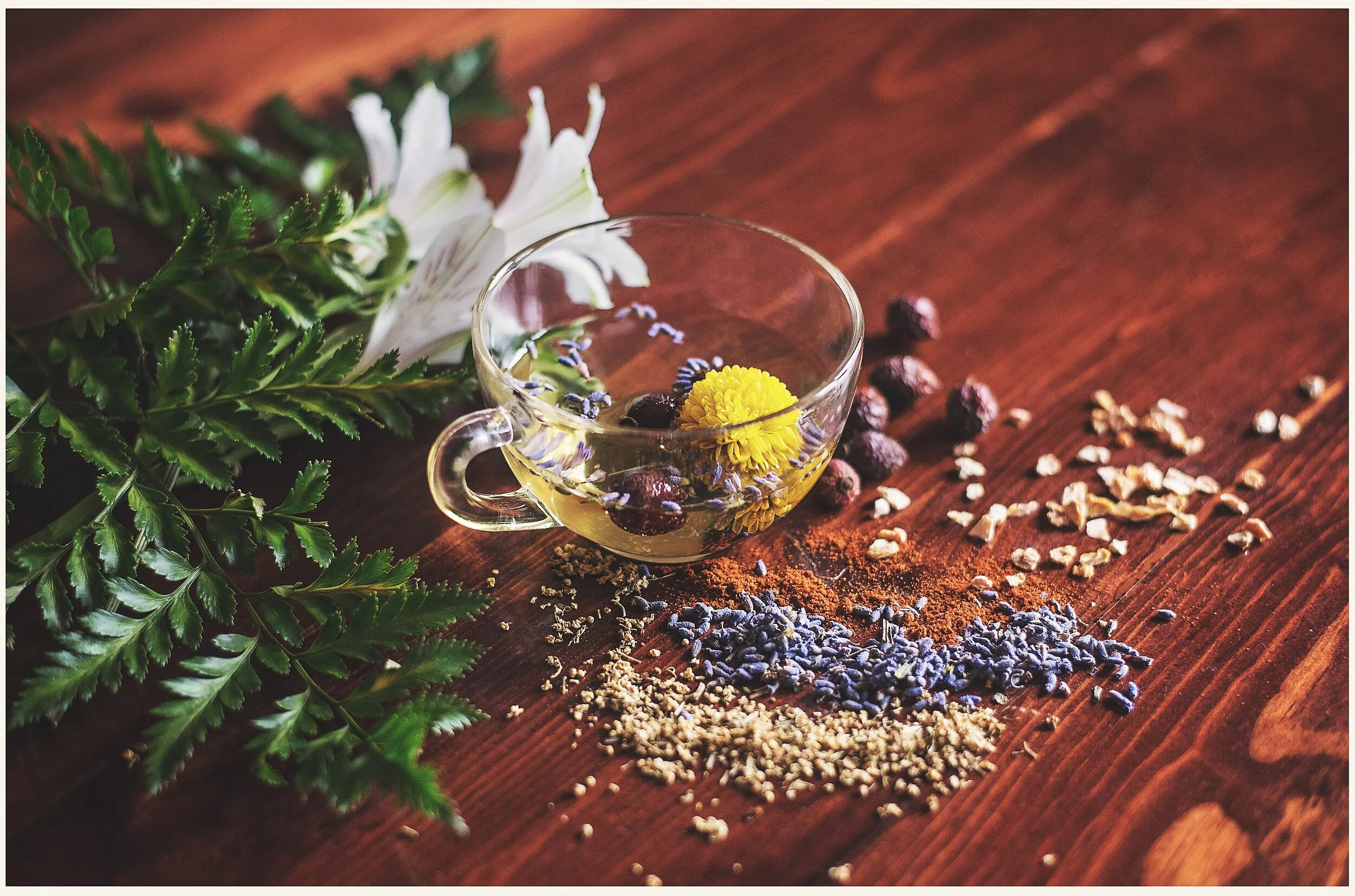Seasonal Guides
Ayurveda considers a seasonal routine an important cornerstone of health, year around. Balancing the nature of your local climate with lifestyle choices that offset the potential for seasonally induced imbalance is one of the simplest ways that you can protect your wellbeing. But, keep in mind that the seasons vary widely from one place to another, as do the qualities that they engender.
The seasons also affect a healthy practice. The season of cold dampness increases Kapha. The season of warm weather increases Pitta. The season of cool dryness increases Vata, as does the windy season. During the Kapha season, a practice that is more stimulating and warming is better. In the Pitta season, a practice that is cooling is best. In the Vata season, a calming practice supports greater health.
Fall guide
The fall brings with it a predominance of air element and prana, the vital breath, the subtle essence of life, is abundant in the atmosphere. Autumn is dry, rough, windy, erratic, cool, subtle, and clear. These are all qualities shared by Vata dosha, and because like increases like, autumn is considered a Vata season.
Winter guide
Everywhere around you the natural world is withdrawing, going dormant, and embracing a long, dark, season of slumber. There is a particular stillness that characterizes winter, and with it comes a subtle invitation to redirect our own energies.
Spring guide
Our physiology senses a natural opportunity for a fresh, clean start; our bodies are primed to lighten things up, cleanse ourselves of any accumulated imbalances, and rejuvenate our deepest tissues. As the natural world emerges from its long winter slumber, it is common to experience a renewed sense of joy and inspiration.
Summer guide
Summer, like each of the seasons, arrives with its own distinct personality. Depending on your constitution, summer may increase your internal sense of harmony, or it may aggravate one of your innate tendencies.













